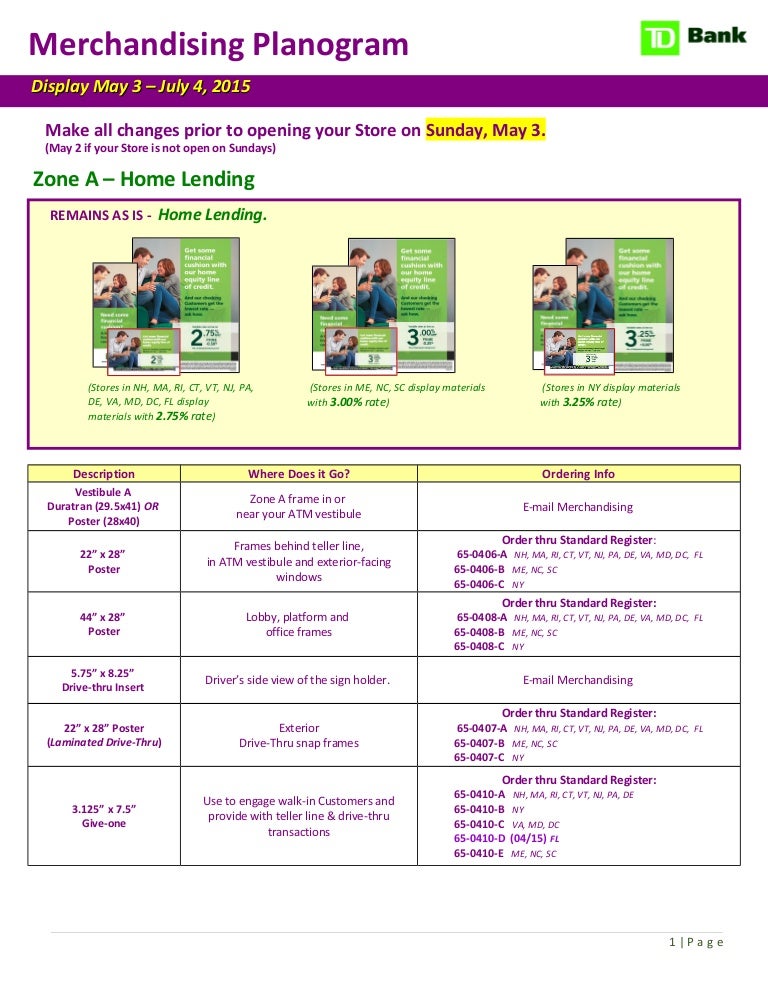

The truth is that the in-store reality continues to lag behind the promise of advanced metrics and deeper insights into customer behavior. It’s easy to think in this tech-heavy economy that retail stores have implemented super-advanced inventory and merchandising systems with flawless on-shelf availability. While some retailers are pushing the envelope with image recognition software and large investment in robotic planogram compliance, many retailers still struggle to get the basics right. Managers and in-store associates do their part for compliance by stocking the right products for the allocated shelf space. Buyers and suppliers can then ensure stores have the inventory for on-shelf availability and planogram compliance. Category management offers the insights necessary for better product assortment and range planning.

Without a doubt, great-looking planograms are an asset for retailers, but often the most effective systems and features depend on the ability to continually update and communicate planogram designs. The Best Examples Solve the Worst Systemic Problems Here’s the thing: When analyzing what makes for the most successful design, the best planogram examples are not all visual.

They peruse online mockups, retail blogs, digital marketing, and in-store displays for ideas to deploy in their retail space. Merchandising experts are continuously monitoring what’s going on with individual competitors and the industry as a whole. Smart retailers and suppliers are always on the lookout for the next big idea or trend in retail merchandising.


 0 kommentar(er)
0 kommentar(er)
